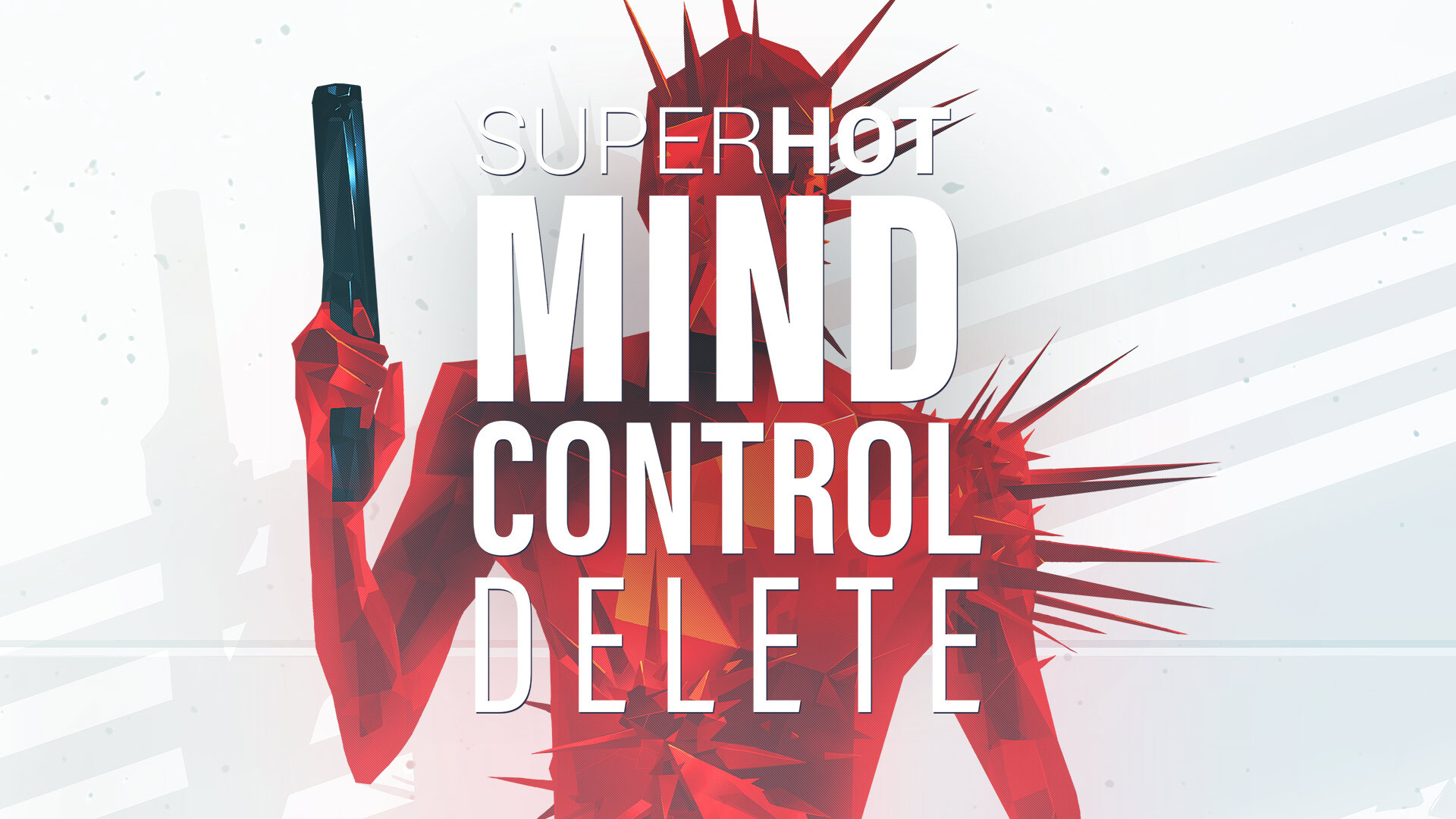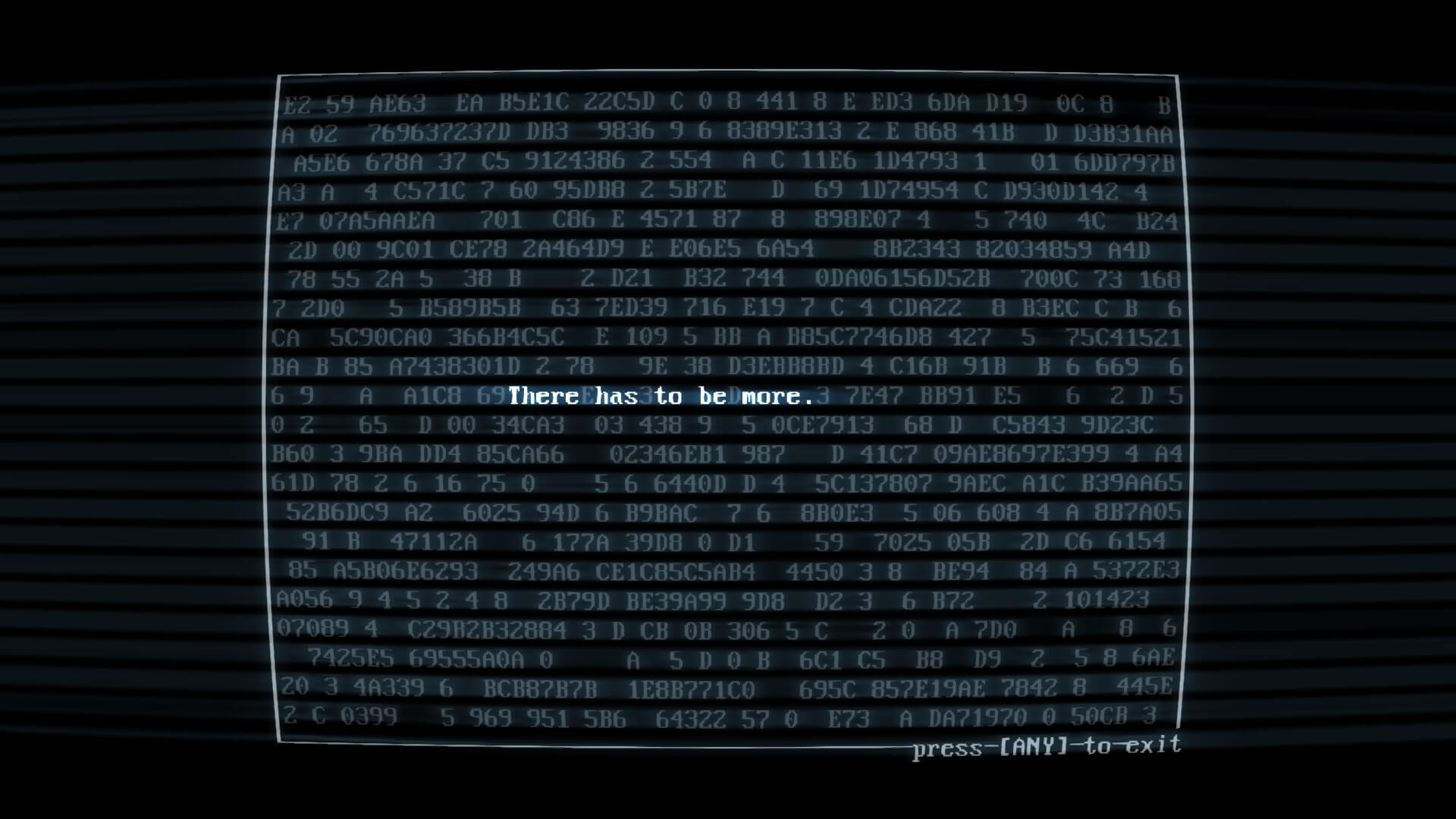
Related: Superhot: Mind Control Delete Review - Going Rogue

Superhot uses the plot device of an in-fiction game played with a VR rig instead of Videodrome’s images on a cathode ray tube, but both involve disturbing conspiracies surrounding violent media blurring the lines of reality and fiction, leading to both real-life violence and the protagonist’s ultimate physical self-destruction.
#Superhot pc controls movie#
Superhot shared story elements with David Cronenberg’s film Videodrome, a movie about a man whose compulsion for a purportedly pirated TV signal leads to a similar path of obsession and violence. The System within the fictional narrative initially appears to push the character away, but ultimately invites them to become one with Superhot and abandon their physical body. The first Superhot game has a distinct narrative, albeit a cryptic one, that casts the player as a gamer given access to an underground game file, superhot.exe, which leads them down a path of obsession.

Superhot MCD exchanged the hand-crafted challenges of the original Superhot for a procedurally generated roguelike format, but it also shifted from a sinister mystery story into a more direct dialogue with the player.

Beyond questioning whether the requirement for players to leave their consoles or PCs idle for such a long time was a wise choice by the developer, there is a lot to unpack with the ending of Superhot: Mind Control Delete itself, and its themes and metacommentary on gaming and consumerism. Most of the discussion surrounding Superhot: Mind Control Delete’s ending focuses on the real-time simulated reinstall that also serves as the game’s end credits, currently clocking in at 2.5 hours.


 0 kommentar(er)
0 kommentar(er)
